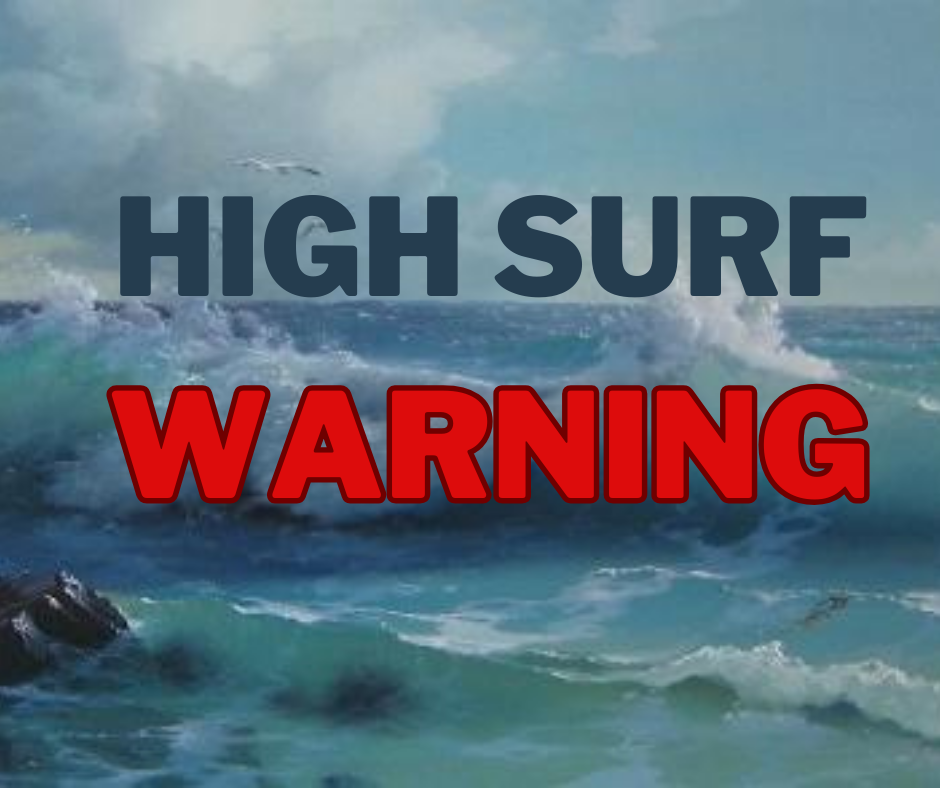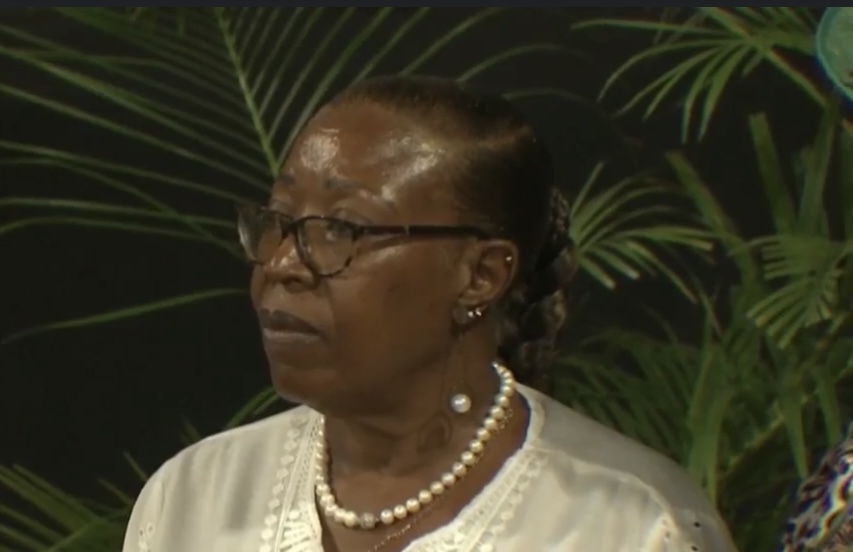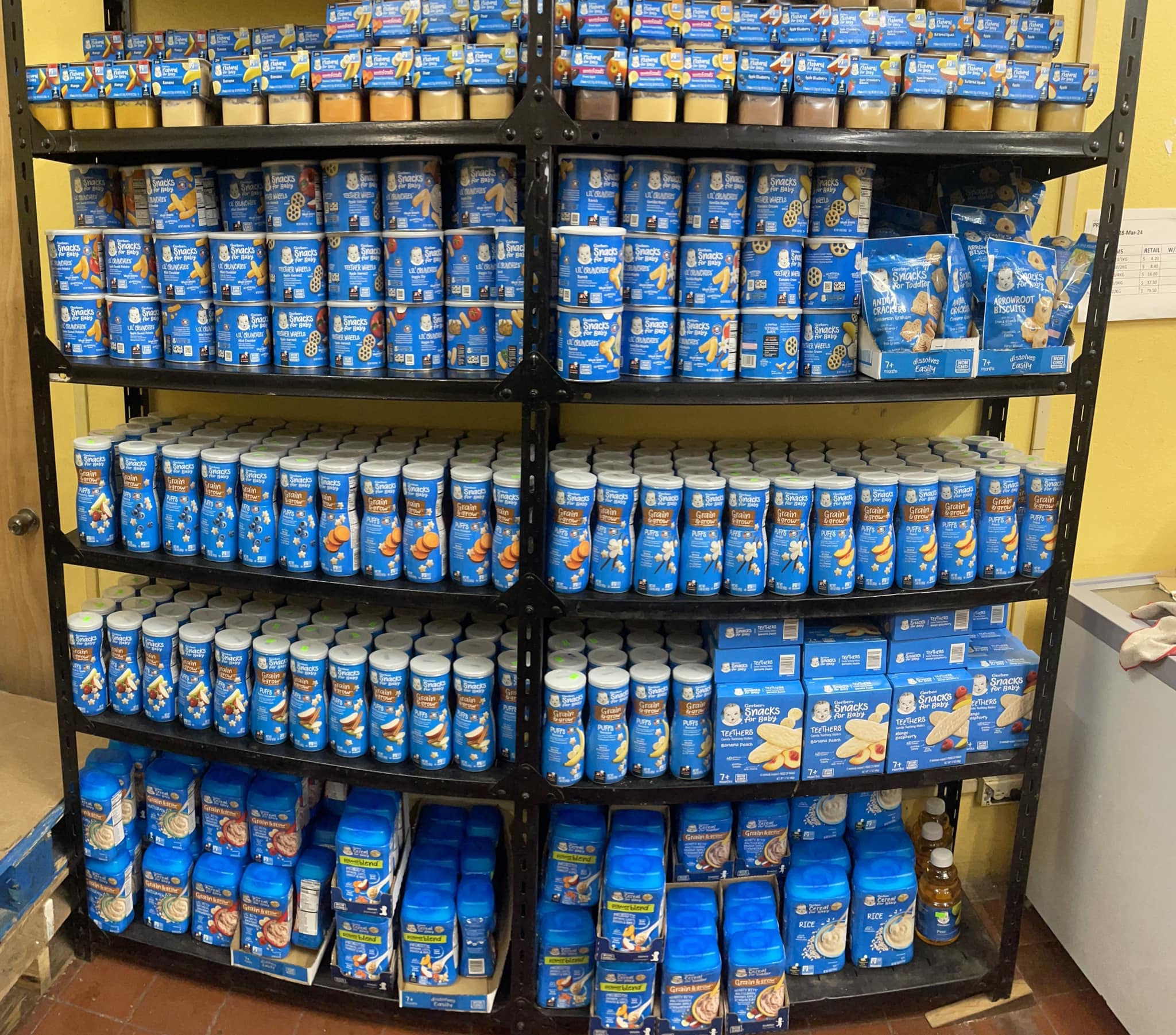High surf warning for the British Virgin Islands, Anguilla, Antigua, Barbuda, St. Kitts and Nevis…
 30 October 2024
30 October 2024


High surf warning for the British Virgin Islands, Anguilla, Antigua, Barbuda, St. Kitts and Nevis…
Locations to be affected: Reefs and mainly exposed northern and north-facing coastlines with relatively
shallow, gentle to moderately sloping, nearshore areas.
Timing: From midnight until Sunday midday for the British Virgin
Islands and Anguilla
From tomorrow morning until Sunday midnight for Barbuda
From tomorrow midday until Sunday midday for Antigua
From tomorrow midday until Saturday night for St. Kitts and Nevis
Synopsis: Rising moderate long-period swells are reaching the area and causing very hazardous conditions
mainly along northern and north-facing coastlines. The threat level to the life, livelihood, property and
infrastructure of those using the affected coastlines is high, with the potential for extensive impacts. These
swells are expected to cause life-threatening surfs and rip currents for affected coastlines. A high surf warning means that dangerous battering surfs of over 3 meters or over 10 feet will affect some coastlines in the warning area, producing very hazardous conditions.
Seas (significant wave heights): 2.1 to 3.0 meters (7 to 11 feet), occasionally or locally reaching near 4.0
meters (13 feet). Swell period: 9 to 10 seconds. Swells: North-northeast becoming northeast by Friday
midday at 2.1 to 2.8 metres (7 to 9 feet) and occasionally higher.
Surfs (breaking swells): Over 3 metres (over 10 feet). These conditions will be very conducive to dangerous
rip currents. Please note that surfs could be as much as twice the height of swells, depending on the
bathymetry of the nearshore areas.
Coastal flooding: High tides combined with onshore wind and swell actions will result in coastal flooding and
beach erosion.
Potential Impacts: Loss of life–strong currents that can carry even the strongest swimmers out to sea; injuries
to beachgoers; beach erosion; sea water splashing onto low-lying coastal roads; beach closures; disruptions
to marine recreation and businesses; financial losses; damage to coral reefs; salt-water intrusion and
disruptions to potable water from desalination. High surfs can knock spectators off exposed rocks and jetties.
Breaking waves may occasionally impact harbors making navigating the harbor channel dangerous.
Precautionary actions: No one should enter the waters of the main warning areas. All are also urged to avoid
rocky and or coastal structures along affected coastlines.
Rip currents are powerful channels of water flowing quickly away from shore, which occur most often at low
spots or breaks in the sandbar and near structures such as groins, jetties and piers. If caught in a rip current, relax and float. Don’t swim against the current. If able, swim in a direction following the shoreline. If unable to escape, face the shore and call or wave for help.
Please continue to monitor these hazardous, life-threatening marine conditions. Stay tuned to updates from
the Meteorological Office through antiguamet.com and Twitter, Facebook and YouTube @abmetservice.
Also, stay tuned to other media platforms for updates.
Forecaster: Lorne Salmon
Advertise with the mоѕt vіѕіtеd nеwѕ ѕіtе іn Antigua! We offer fully customizable and flexible digital marketing packages.Contact us at [email protected]
Related News

Vernest Mack Honoured for Lifelong Dedication to Education and Community Service in Antigu...

Antigua Cabinet Reviews CMC’s Profitability, Calls for Study on Duty Waivers' Impact on ...

Registration For PDVCAB's Senior Citizens Utility Subsidy Programme Opens from November 4th

